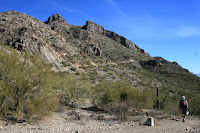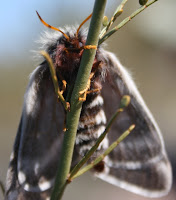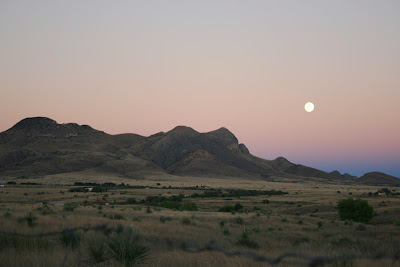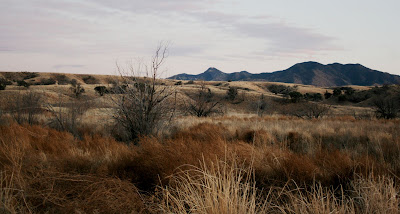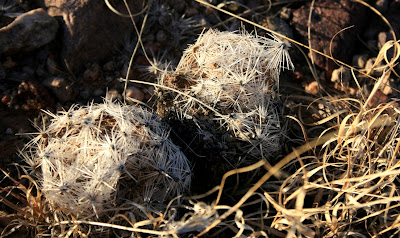In some ways, Wildlife in America. (New York, Viking Press, 1959) by Peter Matthiessen appears to be an apology for human-caused extinction. But perhaps Matthiessen is simply being realistic when he questions whether all species really need to be protected. Should we ruin a ranching community trying to save a relictual species that only lives in one small pool in the desert, a species that would likely become extinct anyway? What about the ridiculous perfusion of species, such as the hundreds of varieties of freshwater clams the Tennessee Valley Authority spends millions of dollars protecting? What about species that, as Matthiessen puts it, have "become senile and over-specialized in their long period of isolation...unable to compete with the younger species..."? Despite the strange word choice, his point that some species fail to adapt to natural changes, is well-taken. When Panama rose out of the sea to connect North and South America many species became extinct because they could not competitively adapt to the wave of immigrants. Perhaps our rush to fight invasive species while protecting endemic species is ultimately as futile as trying to stop Panama from linking the two American continents?
(Ironically, we seem to have done precisely that with the Panama Canal, which prevents genetic exchange between many species with populations in North and South America, such as the Jaguar.)

But let there be no mistake -- Matthiesson's opinion of the extinction crisis is clear. He is unmistakable when he argues that "the concept of conservation is a far truer sign of civilization than that spoliation of a continent which we once confused with progress." Although he doesn't deign to list specific reasons, he is at his best intoning arguments that pull at the heart and echo the damnation of the apocalypse (CF. the quote from Jeremiah above, also featured at the beginning of Wildlife in America)

"Even today, despite protection, the scattered individuals of species too long persecuted are hovering at the abyss of extinction and will vanish in our lifetimes. The slaughter [for food] has subsided this century but the vertebrate animals as a group are obscured by man's dark shadow. Such protection as is extended them too rarely includes the natural habitats they require, and their remants skulk in a lean and shrinking wilderness.
The true wilderness -- the great woods and clear rivers, the wild swamps and grassy plains whcich once were the wonder of the world -- has been larely despoiled and today's voyagers, approaching our shores through the oiled waters of the coast, are greeted by smoke and the glint of industry on our fouled seaboard, and an inland prospect of second growth, scarred landscapes, and sterile, often stinking, rivers of pollution and raw mud, the whole bedecked with billboards, neon lights, and other decorative evidence of mankind's triumph over chaos.
In many regions the greenwood not converted to black stumps no longer breathes with sound and movement, but is become a cathedral of still trees; the plains are plowed under and the praires ravaged by overgrazing and the wind of drought. Where great, wild creatures ranged, the vermin prosper."
